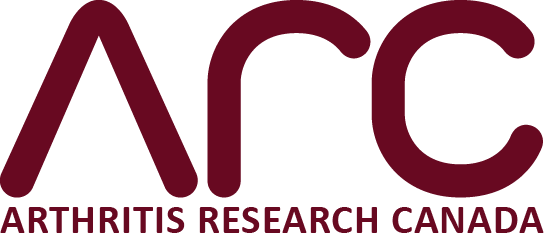New research reports that people with psoriatic arthritis (PsA) and their rheumatologist may each be speaking a “foreign language” to communicate what is important to each other. While both patients and rheumatologists want to communicate clearly, a communication gap exists, and that gap results in some patients not getting the treatment results they and their rheumatologist expect or desire.
Please read each section of this lesson carefully, and then when you are ready, take the Quiz to test your new knowledge. The quiz is an interactive and printable PDF.

Getting comfortable in your rheumatologist’s office
For good communication to take place, people need to be in a comfortable and safe environment. Physicians’ offices and exam rooms can often be cold or uninviting – in some ways, they are meant to be that way. They need to be uncluttered and clean for health and safety reasons. Sometimes that can feel “uninviting”, unlike your own living room where you feel right at home. Do your best to notice aspects about your physician’s office that you like and make you feel “at home”.
Think about what each staff person does in the office to support the patients who attend the clinic. They will make up an important part of your health care team in your life with PsA, and having a sense of what each of them do will help you determine which conversations and questions are appropriate for each one of them.
In advance of your visit, think positively about seeing your rheumatologist and be mentally prepared to ask and answer questions. Research shows that patients who come in to see their physicians and who ask questions and are interested in their own health are more highly regarded by them.
Depending on your level of comfort, you may want to bring your life partner or other family member or close friend with you to your first few visits with your rheumatologist. Having another set of ears can be helpful if you feel overwhelmed by information and have a hard time remembering the answers to your questions or treatment prescription directions.

Communication warm-up
Exchanging “hellos” and “how are yous” with your rheumatologist’s secretary when you check in is often enough to calm your nerves and get into the mood to talk about your disease and life situation.
This communication exchange is really important for both you and your rheumatologist to get out of the clinical visit what is needed to assess your current state of health, talk about an overall treatment plan, and specific treatments, too.
The “energy” you bring into your appointment is very important, and the more prepared you can make yourself to share what’s on your mind for that particular appointment, the better your conversation results will be.

The essentials to effective communication with your rheumatologist
When you are in the exam room, avoid using mobile devices. It seems like common sense, but in the digital age people sometimes forget that phones and other devices are a distraction. It might also be perceived by your rheumatologists that you are disinterested in what they are saying without meaning to.
Do your best to make and keep eye contact with your rheumatologist during a conversation. It actively shows them that you are open and interested in what they are saying, and helps to have what you are saying be better received or heard.
Do your best to understand all of the information being presented to you. If needed, ask questions and reconfirm by repeating what was said to you, back to your rheumatologist.
Try to observe non-verbal communications such as you or your rheumatologist’s body language. Surprisingly, 80% of communication is non-verbal.

Getting ready for your appointment with your rheumatologist
One of the best ways to get ready for your appointment is to think carefully about the questions you want to ask during the visit. Write down your list of questions and concerns before your appointment. Do your best to limit it to 3 questions. If you have more, select 3 that are the most important for you to ask and have answered at that visit, and leave the list behind and ask that someone from your rheumatologist’s office provide the answers by email or phone later that day or week.
Consider bringing a close friend or family member with you as emotional support and to have another “set of ears” in the room.
Take notes about what the doctor says or ask your friend or family member to take notes for you. These notes can become part of a journal that helps you keep track of what was discussed at each visit.
You have the right to get copies of all of your medical records. Knowing how to access your medical records is important because it can help you keep track of test results, diagnoses, treatments plans, and medications. These will help you prepare for your next appointment.
Make sure to ask for the rheumatologist’s contact information and their preferred method of communication.
Watch the coaching video

Arthritis Consumer Experts
© 2000-2022 ACE Planning and Consulting Inc.

ACE thanks Arthritis Research Canada (ARC) for its scientific review of ACE and JointHealthTM information and programs.

Arthritis Consumer Experts
© 2000-2022 ACE Planning and Consulting Inc.

ACE thanks Arthritis Research Canada (ARC) for its scientific review of ACE and JointHealthTM information and programs.



